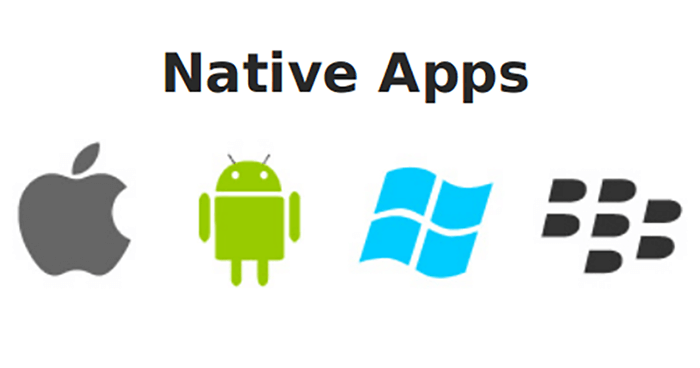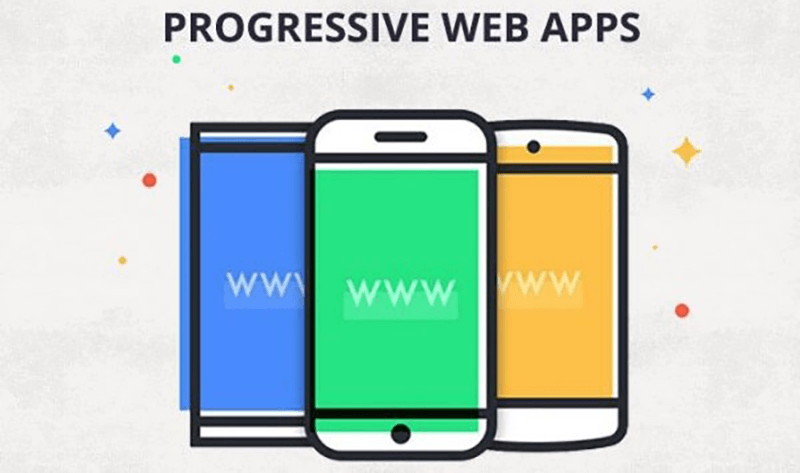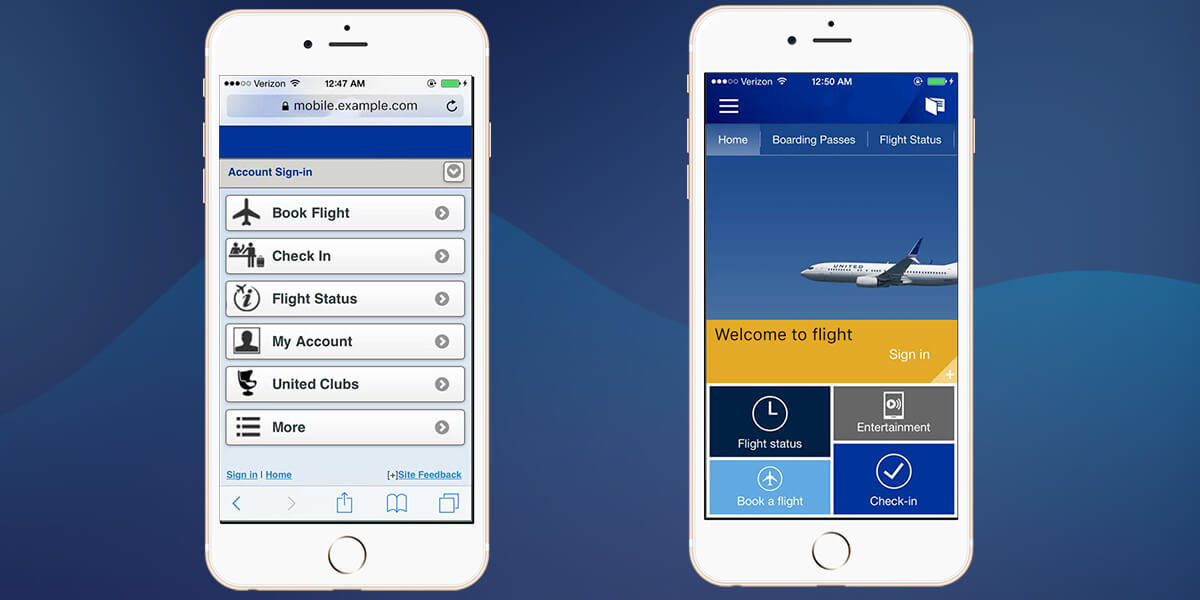Which One to Choose: Native Apps or Progressive Web Apps?
- Mobile
- August 16, 2017
Today mobile applications are one of the optimal methods to promote your online business. However, when it comes to development of web apps, the developers have got a couple of options within their reach. They can choose either of the two to develop a high responsive app, which can literally satisfy the needs of their clients. The two methodologies include:
1. Native Apps
2. Progressive Web App (PWA’s)
So, you must be pondering which better option is; obviously at the end of the day you want to build app that gains maximum traffic and downloads. This calls for a battle where we will compare both on various parameters and observe the end result as to who wins this competition.
Let’s begin with the Native Apps
The native applications are built with the specific mobile application platforms including both for the Android as well as the iOS. You need to have particular knowledge about the programming language such as Objective-C and Swift, Java for different operating systems. By having access to this low-level programming, you can actually bring a lot of improvement in the performance of the apps and also reach out APIs. However, comparatively it is costlier in terms of development.

The Wow Factors of Native Apps
But it will be viable to first look at some of its pros.
- First and foremost, it is known for its optimum performance. In fact, this is one area where they have been able to outperform progressive web apps or hybrid apps. Their loading speed is also very high and because of this quality, they won’t eat much of your phone’s battery. The customers are able to devote more time into apps. According to a statistics posted by comScore, 87% of the internet data gets consumed on mobile apps. Their performance is also up to the mark because of low-level programming.
- The native apps can also help in securing the data based on the storage capacity of the mobile device.
- The mobile phone or the device does not require interpreting the codes in the case of native apps, while writing the language of the program. But this facility is absent in PWAs.
- The native apps provide the customers access to most of the device functionality such as Bluetooth, NFC, and others. Well, this is again missing in PWA, where these features are not properly developed. As a result, the users don’t have to go to the web browsers.
- The apps are readily visible on the mobile screen as soon as you download and install it.
The Ouch Factors of Native Apps
- One of the major drawbacks related to native apps is regarding the distribution friction. This means it is very tough to attract new users. People don’t download any app very easily. It is mainly because they have to follow various steps such as visiting the app store, finding the app, accepting the terms and conditions, waiting to get installed etc. And you are aware that people don’t have time and patience. The result, as a research indicates, 20% of users pull away after every step. However, Google, who has developed PWA, has come up with the idea where you can install an app with just one click.
- As mentioned earlier, both Android and iOS are developed on separate platforms, so the developer has an access to one single platform for building a native app. You cannot use Android codes for iOS and vice versa. Apart from that, another problem which props up here is that you need to hire different app developers for developing Android and iOS apps. In case of PWA’s you get the website and apps all at one place.
- Another disadvantage with the native apps is that they are costlier and also consumes lot of time to build. This is mainly because of the fact that native apps have low-level programming where you need more people to develop app. This is not there in PWA which has automated development process. The cost of building a native app is somewhat around $20,000 to $80,000, wheras for PWA, you only need to pay $6,000 to $20,000.
- Native Apps cannot be upgraded easily. If you are fixing a bug or launching a newer version, then you have to first submit the new version into the app store and then hope that your users will update the app. But contrary to that it does not happen in most cases and there is a apprehension of losing the customer base. On the other hand, PWA offers smooth updates.
Now the Progressive Web App (PWA’s)
The Progressive Web App or simply the PWA is new in the context of web development. It was launched by the Google a couple of years ago (in 2015). It was released and brought into the market with the intention of providing unmatched quality services as far as the mobile apps are concerned. Google wanted to improve the user experience especially that of the native apps.

With a wide range of exciting features such as faster navigation, quick updates, push notifications sending, offline working mode and so on, it is gaining the public attention after its inception.
The Benefits of Progressive Web Apps
- One of the biggest advantages that PWA offers is low friction because it is a web based product. This means you don’t have to open the web page and the app separately. This can be done by just one click on the board. With PWA it is optional whether you want to see the notifications or not. The installation procedure is simple and you can add it into your home screen. It has greater potentiality to draw customers and therefore, is used by a number of corporate houses.
- It has been mentioned earlier that PWAs are comparatively much budget friendlier and quicker to develop in comparison to the native apps. It also supports multiple platforms. This feature is a blessing for the new business owners. Moreover, PWA developers earn more income in comparison to native app developers. A survey by Hackernoon, confirmed it. Also you will come across more of web developers than Java or Objective-C developers.
- It always remains up-to date. If you are fixing bug or upgrading the version, then you have to update your app centrally unlike native apps where you need to submit the new version in app store. This means the users remain updated.
The Drawbacks of Progressive Web Apps
- PWAs are not supported by web browsers developed by iOS such as Safari. It only operates on Chrome, Firefox or Opera. This is one area of concern for the business houses. But survey reveals that it performs better with mobile websites even if the web browser is not supportive.
- PWA is slower and consumes more battery than it is in the case of the native apps.
- Features such as NFC, Bluetooth and Proximity sensors etc are still not accessible through PWA although much work has been done in this regard.
So, finally who’s the Winner?
Well, speaking from the bottom-line, both PWA and native apps have their pros and cons. So, once you are familiar with it, you can choose any of the two apps based on your particular needs and budget. The decision lies in your hands. It depends on whether you are looking for an android based app or an iOS app. Both will help in increasing the profitability of the business.













